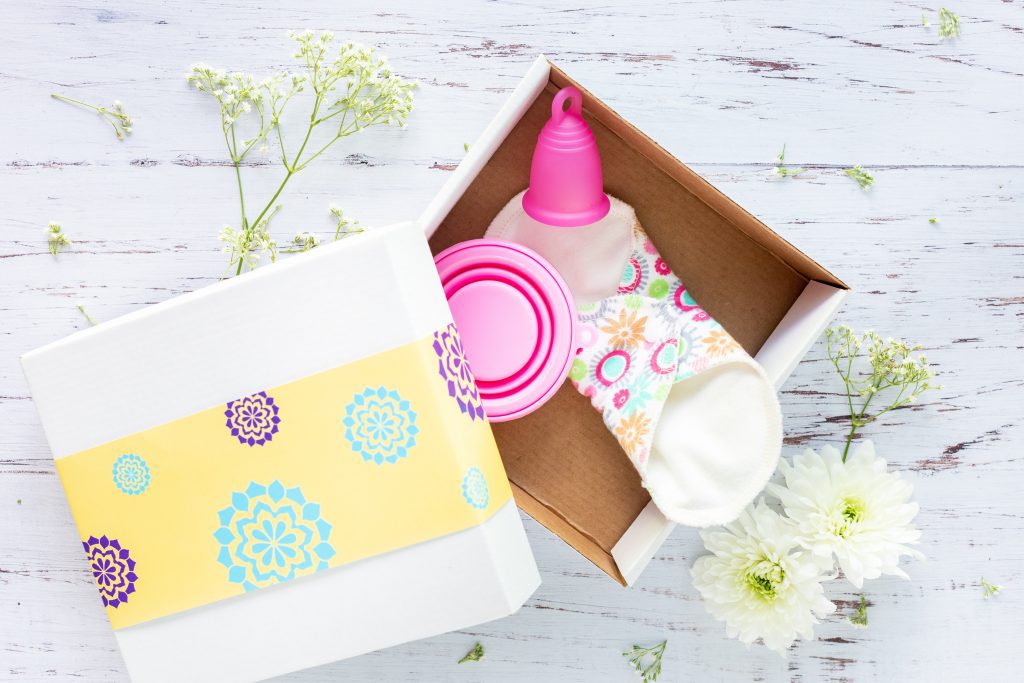By Allison Sadlier // SWNS
New York office - 646-873-7565 / usnews@swns.com
NEWS COPY w/ VIDEO & INFOGRAPHIC
Half of women have experienced "period poverty," according to new research.
A survey of 2,000 women (aged 18–55) found that 49 percent have faced a lack of access to sanitary products, menstrual hygiene education, toilets, hand washing facilities and/or waste management.
And results revealed that four in five think period poverty is a real problem.
Sixty percent of respondents admitted to budgeting in order to afford sanitary items and 79 percent have made sacrifices or gone with less in order to afford their necessities.
To combat that, 72 percent of respondents think the government should mandate free menstrual products for everyone.
Commissioned by INTIMINA and conducted by OnePoll, the survey examined respondents' experiences with period poverty and found 69 percent think menstrual products are too expensive.
Results revealed the average woman surveyed spends $13.25 a month on menstrual products ‒ that’s $6,360 in an average woman’s reproductive lifetime (ages 12-52).
If menstrual products were free, how would women spend the money they'd save? Results show two in five (41 percent) would take a vacation, while 39 percent would think to the future and put those funds toward their retirement.
And a third of women surveyed would put that money toward becoming homeowners and paying for a house.
A permanent resolution to period poverty might be a ways off, but top solutions chosen by those surveyed were donating products to homeless shelters and food banks (62 percent) and having the companies that produce sanitary items donate them as well (53 percent).
“As studies have shown, many women find feminine hygiene products overpriced, which of course only proofs that the image of period poverty is real," said Danela Žagar, The Brand Manager for INTIMINA. "Moreover, it not only brings financial issues to the table, but also drags behind strong feeling of stress, which can lead to health problems and lower self-esteem.”
Beyond price, respondents admitted they’ve had menstrual emergencies due to lack of access to products.
An emergency leak can happen anywhere, seeing as how the average woman has two menstrual leaks per cycle. One in two (55 percent) respondents admitted to having been in need of a menstrual product when they didn’t have one.
The top locations where women think menstruation products should be stocked for free were high schools (61 percent), colleges and universities (55 percent) and middle schools/junior highs (52 percent).
Workplace environments (51 percent) and hotels (44 percent) rounded out the top five locations where women believe there should be access to sanitary items free of charge.
If women had easy and accessible access to necessities, then they would be less likely to skip out of things due to their periods.
Forty-six percent have skipped a class because of menstruation, while 45 percent have canceled a date or left work early.
“Period poverty is strongly tied to finances, but its accessibility is the other as important issue," added The Brand Manager for INTIMINA. "Still in this so-called modern century there are hundreds of thousands of women that have limited access to the menstrual hygiene products.
"Therefore, we need to make sure that by educating and donating these products to schools and organizations, we reach as many women all around the world as possible. Raising awareness is the crucial point in the period movement to fight period poverty and increase the accessibility of the feminine hygiene products.”
Donating extra products to homeless shelters or food banks 63%
Companies that make menstrual products to donate 53%
Government makes all menstrual products free 49%
Donating money to relevant organizations 46%
Educating about women’s health 43%
Reversing menstruation stigma 32%
MONEY SPENT IF NEVER HAD TO PURCHASE MENSTRUAL PRODUCTS
Take a vacation 41%
Save for retirement 39%
Put toward paying for a house 33%
Put toward my education 30%
Put toward my children’s education 29%
Put money in the piggy bank 28%
Invest 26%
Buy new furniture 19%
I don’t know 16%
Move 15%
PLACES RESPONDENTS THINK SHOULD STOCK FREE MENSTRUAL PRODUCTS
High schools 61%
College/universities 55%
Middle schools/junior high schools 52%
Workplace 51%
Hotels 44%
Homeless shelters 41%
Airplanes 36%
Airports 35%
Restaurants 34%
Train stations 30%
Movie theatres 28%
